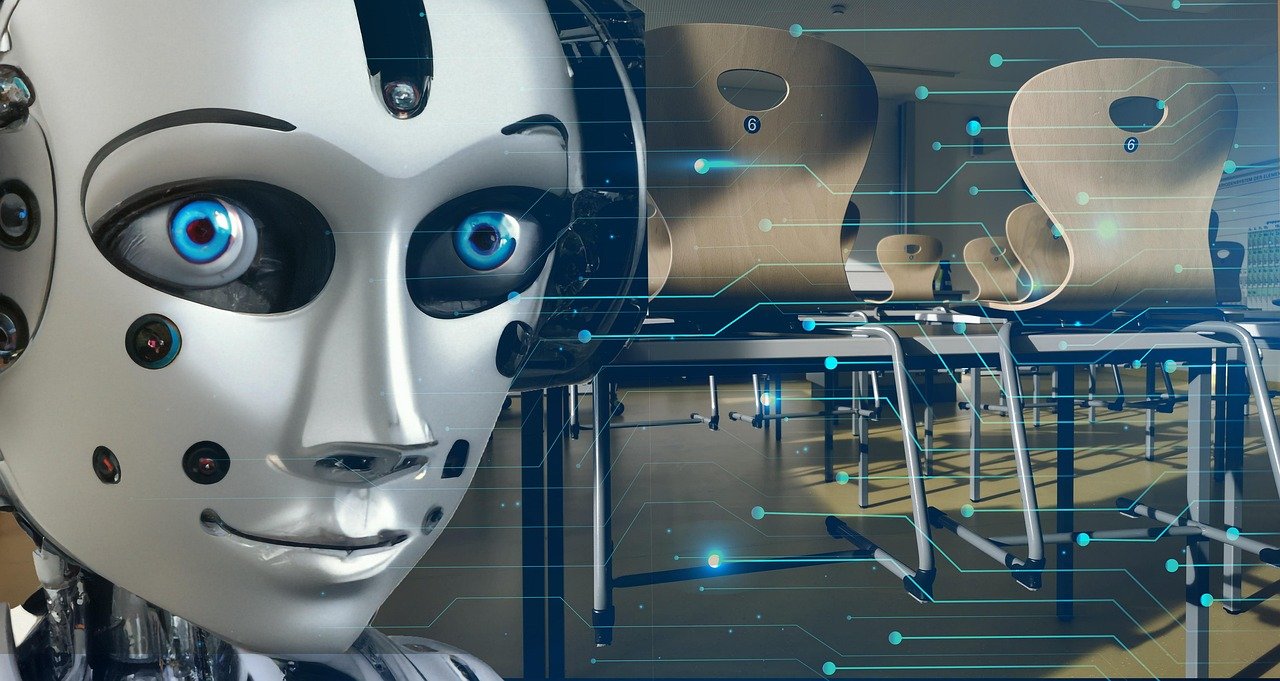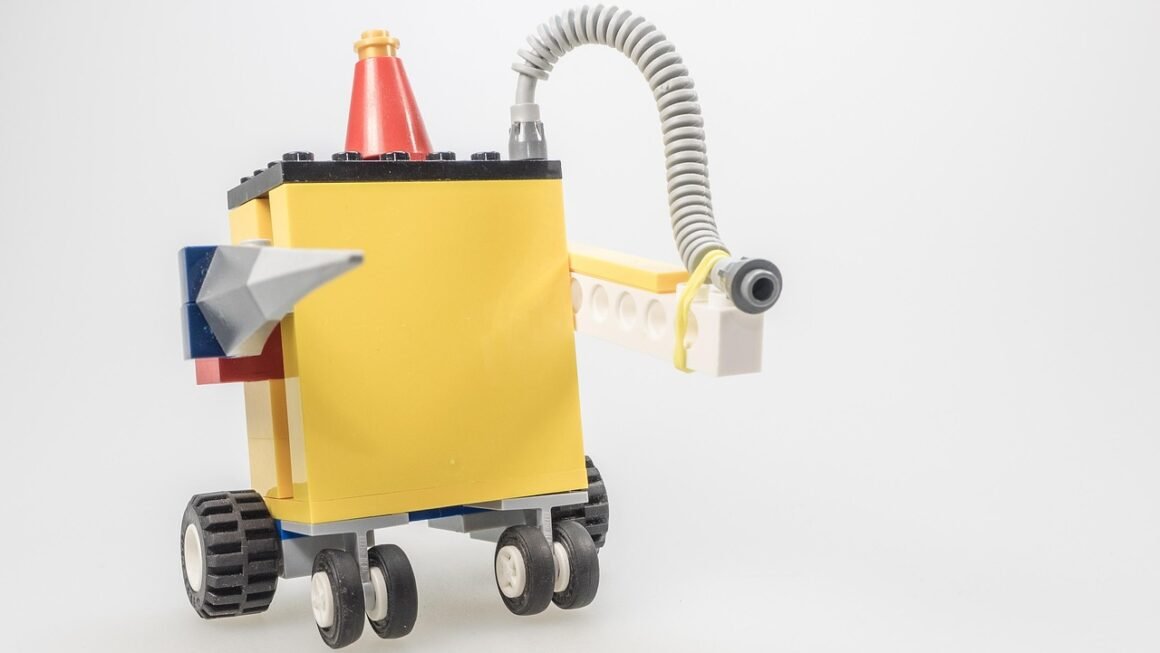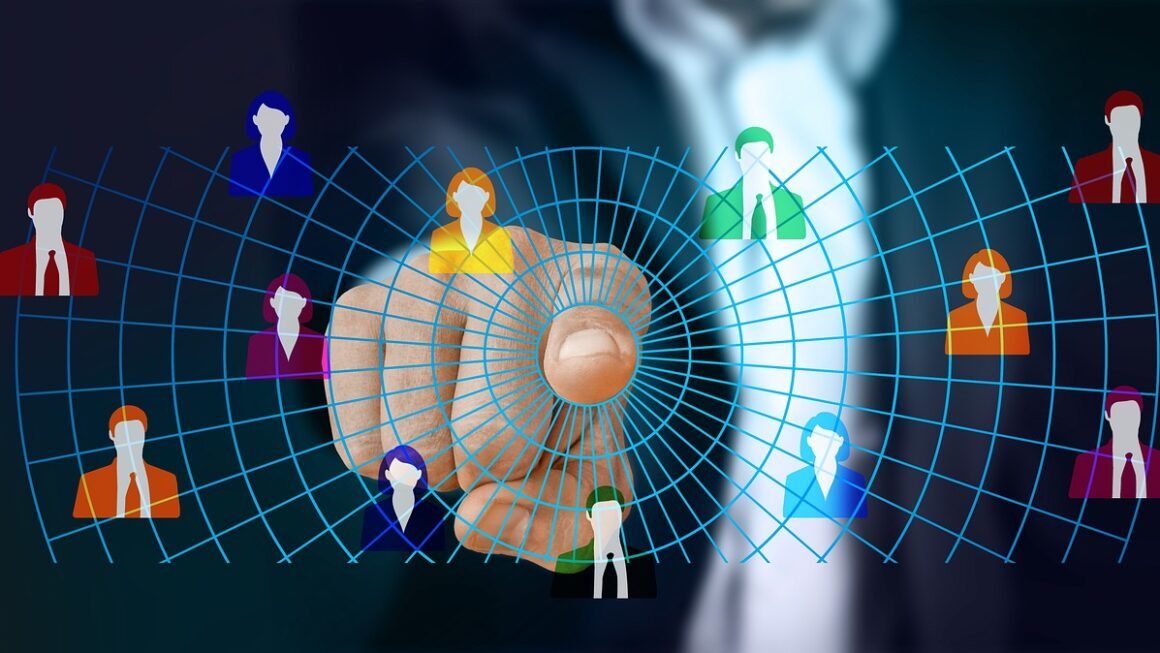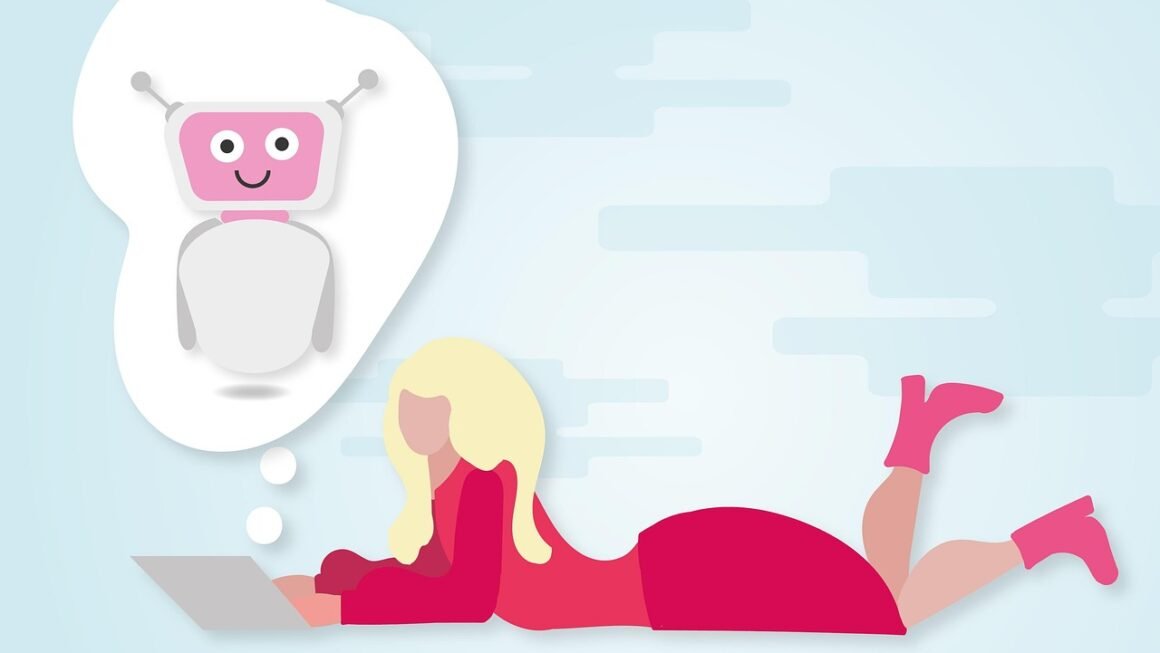The fusion of Artificial Intelligence (AI) and robotics is revolutionizing industries across the board, transforming everything from manufacturing and healthcare to logistics and exploration. This powerful combination enables robots to move beyond pre-programmed tasks and perform complex actions based on real-time data, learning and adapting as they go. This blog post delves into the exciting world of AI in robotics, exploring its applications, benefits, challenges, and future prospects.
Understanding AI in Robotics
What Exactly is AI in Robotics?
AI in robotics refers to the integration of AI algorithms and machine learning models into robotic systems. It empowers robots with capabilities such as:
- Perception: Understanding the environment through sensors (cameras, lidar, sonar) and processing sensory data.
- Planning: Determining the best course of action to achieve a specific goal.
- Learning: Improving performance over time through experience and data analysis.
- Decision-Making: Making autonomous choices based on available information.
- Human-Robot Interaction: Communicating and collaborating with humans in a natural and intuitive way.
Instead of simply following pre-defined scripts, AI-powered robots can analyze their surroundings, identify patterns, and make intelligent decisions, much like humans.
Key AI Techniques Used in Robotics
Several AI techniques are commonly used in robotics:
- Machine Learning (ML): Allows robots to learn from data without explicit programming. This includes:
Supervised Learning: Training robots using labeled data.
Unsupervised Learning: Discovering patterns in unlabeled data.
Reinforcement Learning: Training robots through trial and error.
- Computer Vision: Enables robots to “see” and interpret images and videos, identifying objects, people, and scenes.
- Natural Language Processing (NLP): Allows robots to understand and respond to human language, enabling voice control and communication.
- Path Planning Algorithms: Enable robots to navigate efficiently in complex environments. Examples include A, Dijkstra’s algorithm, and rapidly-exploring random trees (RRTs).
The Synergy Between AI and Robotics
The synergy between AI and robotics is transformative because:
- AI provides the “brains” for robots, enabling them to reason and make decisions.
- Robotics provides the “body” for AI, allowing it to interact with the physical world.
- Together, they create intelligent systems that can perform complex tasks autonomously.
Applications of AI in Robotics Across Industries
Manufacturing
AI-powered robots are revolutionizing manufacturing processes.
- Automated Assembly: Robots can assemble complex products with high precision and speed. For example, in automotive manufacturing, robots weld, paint, and assemble car parts with minimal human intervention.
- Quality Control: Robots equipped with computer vision can inspect products for defects, ensuring high quality standards. AI algorithms can learn to identify subtle imperfections that humans might miss.
- Predictive Maintenance: AI algorithms can analyze data from sensors to predict when equipment is likely to fail, allowing for proactive maintenance and minimizing downtime. This is achieved through analyzing sensor data like vibration, temperature, and sound.
- Material Handling: Robots can efficiently move materials and products throughout the factory, optimizing logistics and reducing labor costs.
Healthcare
AI in robotics is transforming healthcare in several ways.
- Surgical Robots: Robots can assist surgeons with complex procedures, enhancing precision and minimizing invasiveness. The da Vinci Surgical System is a prime example.
- Rehabilitation Robots: Robots can help patients recover from injuries or strokes, providing personalized therapy and assistance with movement.
- Drug Delivery Robots: Robots can deliver medications to patients in hospitals and pharmacies, improving efficiency and accuracy.
- Diagnostic Robots: Robots can be used to perform medical imaging and other diagnostic procedures, improving speed and accuracy.
Logistics and Warehousing
AI-powered robots are streamlining logistics and warehousing operations.
- Autonomous Guided Vehicles (AGVs): AGVs can autonomously transport goods within warehouses and distribution centers. Amazon uses AGVs extensively in its fulfillment centers.
- Automated Sorting and Picking: Robots can sort and pick products with high accuracy and speed, reducing errors and improving efficiency.
- Inventory Management: Robots can track inventory levels in real-time, providing accurate data for supply chain management. Drones equipped with barcode scanners are used to automate inventory counts in large warehouses.
- Last-Mile Delivery: Drones and autonomous vehicles are being used to deliver packages to customers’ doorsteps, reducing delivery times and costs.
Agriculture
AI in robotics is enhancing agricultural productivity and sustainability.
- Automated Harvesting: Robots can harvest crops with precision and efficiency, reducing labor costs and minimizing waste. Robots can identify ripe fruits and vegetables and pick them without damaging the plants.
- Precision Farming: Robots can monitor crop health, identify pests and diseases, and apply pesticides and fertilizers precisely, reducing environmental impact and maximizing yields.
- Autonomous Tractors and Planting: Robots can autonomously plow fields, plant seeds, and perform other agricultural tasks.
Benefits of AI-Powered Robotics
Increased Efficiency and Productivity
- Robots can work 24/7 without breaks, increasing throughput and reducing lead times.
- Robots can perform tasks faster and more accurately than humans, improving overall efficiency.
- Automation reduces the need for manual labor, freeing up human workers for more strategic tasks.
Improved Safety
- Robots can perform dangerous tasks in hazardous environments, reducing the risk of injury to human workers.
- Robots can be equipped with sensors and safety systems to prevent accidents.
- AI-powered robots can predict and avoid potential hazards.
Enhanced Accuracy and Quality
- Robots can perform tasks with high precision and consistency, minimizing errors and defects.
- Computer vision and machine learning algorithms can detect subtle imperfections that humans might miss.
- Improved quality control leads to higher customer satisfaction.
Reduced Costs
- Automation can reduce labor costs, especially in repetitive or high-volume tasks.
- Predictive maintenance can minimize downtime and prevent costly repairs.
- Increased efficiency and productivity lead to lower overall costs.
Better Decision-Making
- AI algorithms can analyze large datasets to identify patterns and trends, enabling better decision-making.
- Robots can make autonomous decisions based on real-time data, optimizing performance and adapting to changing conditions.
- Data-driven insights can improve operational efficiency and profitability.
Challenges and Considerations
Cost of Implementation
- Initial investment in robotic systems and AI software can be significant.
- Ongoing maintenance and support costs need to be factored in.
- However, the long-term cost savings often outweigh the initial investment.
Technical Complexity
- Integrating AI algorithms and robotic systems requires specialized expertise.
- Developing custom AI models can be time-consuming and challenging.
- Collaboration between robotics engineers and AI specialists is essential.
Ethical Considerations
- Job displacement due to automation is a major concern. Retraining and upskilling programs are needed to help workers transition to new roles.
- Bias in AI algorithms can lead to unfair or discriminatory outcomes. Ensuring fairness and transparency in AI is crucial.
- Safety and security risks need to be carefully addressed to prevent accidents and misuse.
Data Requirements
- Machine learning algorithms require large amounts of high-quality data to train effectively.
- Data privacy and security need to be carefully considered.
- Data management and infrastructure are essential for successful AI implementation.
Integration with Existing Systems
- Integrating new robotic systems with existing infrastructure can be challenging.
- Compatibility issues need to be addressed.
- A phased approach to implementation may be necessary.
Conclusion
AI in robotics is a transformative technology that is poised to reshape industries and redefine the way we live and work. By combining the intelligence of AI with the physical capabilities of robots, we can create systems that are more efficient, safer, and more adaptable than ever before. While there are challenges to overcome, the potential benefits of AI-powered robotics are enormous. As AI and robotics technologies continue to advance, we can expect to see even more innovative applications emerge in the years to come, leading to a future where robots work alongside humans to solve some of the world’s most pressing problems.



